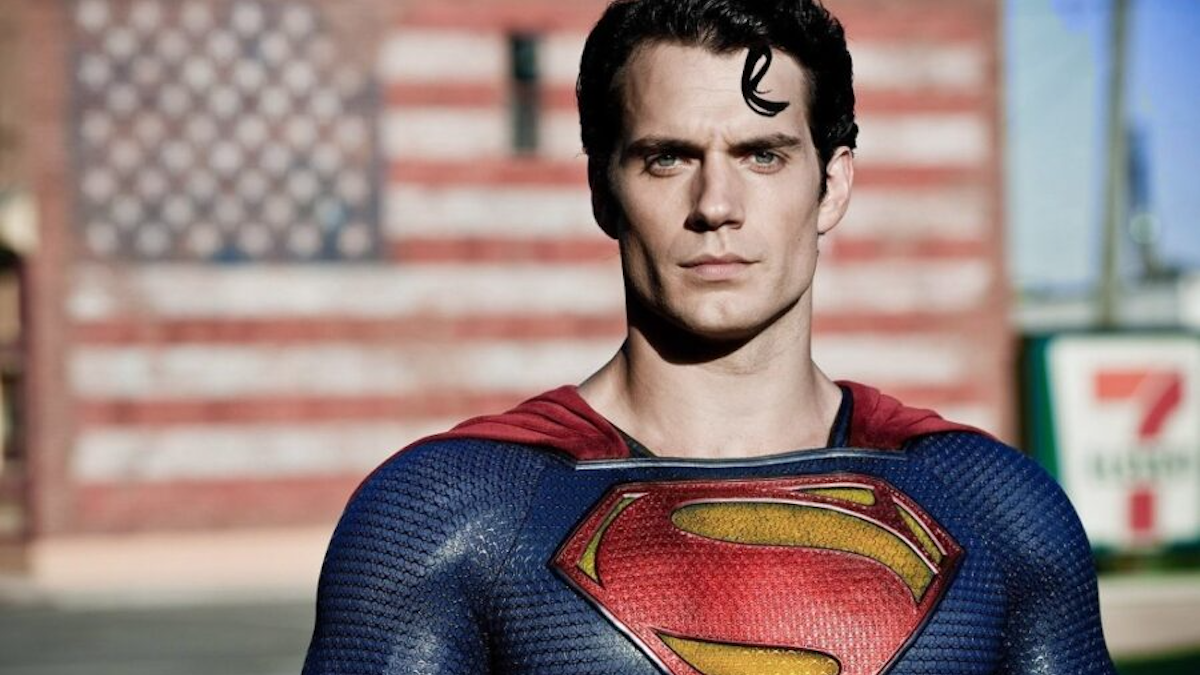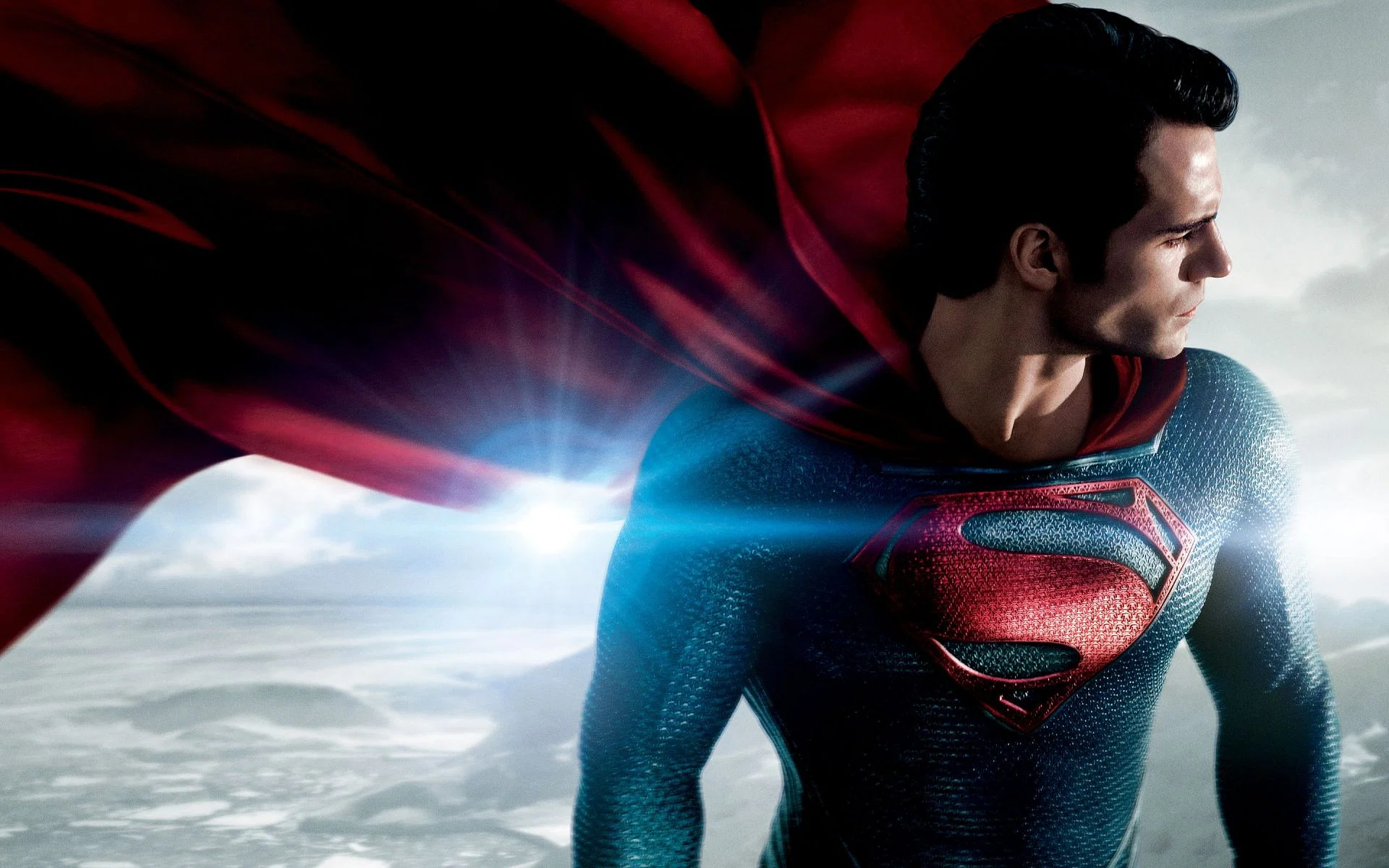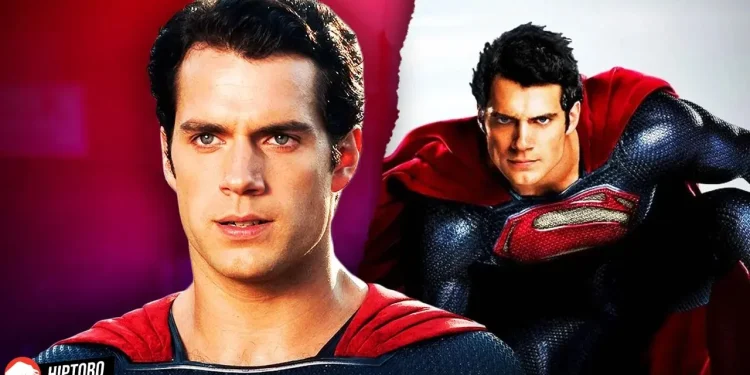In a move that has left fans both surprised and disheartened, “Superman & Lois,” a beacon of success in the superhero television landscape, has been slated for an untimely conclusion. Despite garnering strong ratings and critical acclaim, the series is set to bid farewell with a shortened 10-episode final season. This decision underscores a persistent issue within the DC Universe (DCU) — the balancing act between its television exploits and cinematic ambitions.

The Underlying Cause: A Strategic Shift in the DCU
At the heart of “Superman & Lois'” cancellation lies a strategic redirection within the DCU, as revealed by Brad Schwartz, President of Entertainment at The CW, during the 2024 Television Critics Association Winter Press Tour.
Contrary to speculations, the termination of this beloved series was not a network-driven decision but a calculated move by the DCU to avoid market saturation with concurrent Superman narratives. This rationale points to a broader trend within DC, where the allocation of characters between TV shows and movies has been meticulously managed to prevent overlaps, often at the cost of limiting storytelling potential on the small screen.
Superman & Lois: DC’s Restrictive Legacy
The issue is far from new; DC’s history is riddled with instances where television projects were handcuffed by cinematic plans. Iconic characters like Wonder Woman and Batman were notably absent from the Arrowverse, a shared universe that could have greatly benefited from their inclusion.
The Arrowverse’s “Arrow” itself faced limitations, with characters such as Deathstroke being sidelined to pave the way for their cinematic counterparts. This pattern of restriction has not only hampered creative freedom but also stifled the potential for a more interconnected DC narrative landscape.
Superman being Superman. Zack Snyder gave Superman an out look that no one ever has. Truely unprecedented. Henry Cavill is and will remain The Superman of our generation. pic.twitter.com/VmLcTTeVst
— EntertainmentBiz🎥 (@RizviAzaad) February 21, 2024
A Path Forward: Embracing Dual Narratives
Despite these challenges, there exists a beacon of hope for the future of DC’s storytelling strategy. Historical precedents, such as Brandon Routh and Tom Welling both donning the Superman mantle concurrently in different projects, illustrate that simultaneous character narratives can coexist without diminishing the impact or appeal of either.
The DCU’s current trajectory, with plans to introduce new actors for roles like Batman while maintaining Robert Pattinson‘s iteration in a separate universe, hints at a possible shift towards a more flexible and inclusive approach.

A Future Untold
The conclusion of “Superman & Lois” marks a pivotal moment for the DC Universe — a testament to its evolving strategy and the ongoing struggle to find harmony between its television and cinematic endeavors. As fans prepare to say goodbye to Tyler Hoechlin’s Superman and Elizabeth Tulloch’s Lois Lane, the broader implications of this decision reverberate through the DC fandom.
Will this herald the end of an era of restrictive character allocations, or is it merely a signpost on the road to a more integrated and expansive DC narrative universe? Only time will tell, but one thing remains certain: the legacy of “Superman & Lois” will endure as a symbol of what could have been and a beacon of hope for what still might be in the ever-unfolding saga of the DC Universe.










